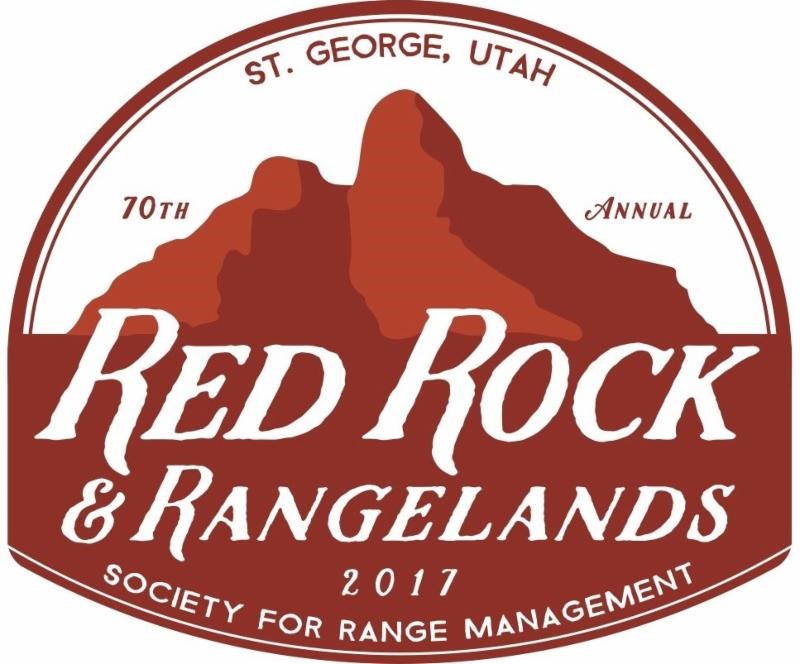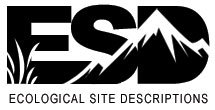
"Hope on the Range - A Frontier Legacy Finds its Place in the New West."
Introducing a New Educational DVD (2010):
On behalf of the Society for Range Management (SRM), in partnership with the Bureau of Land Management, Division of Rangeland Resources, its gives us great pleasure to introduce our newly released 28-minute production, "Hope on the Range - A Frontier Legacy Finds its Place in the New West."
Focus: Need: Availability: In addition, this production is now available to national PBS stations through an ACCESS satellite uplink effective Saturday June 18, 2011 for a period of three years. This is being made possible through support of the National Educational Telecommunications Association (NETA). |
 Hope on the Range Brochure: Web version (424 kb pdf) Print version (2.7 MB pdf) |
Background:
"Hope on the Range" is the product of exhaustive research and scores of interviews with academic and scientific experts, conservationists, ranchers, and other stakeholders. It is designed to dispel myths associated with stewardship and use of western rangelands, promote the multiple use concept of public lands management and advance the idea of the interdependence of public and private rangelands. We believe it represents a well-balanced and objective examination of a very timely and important public policy issue.
This documentary specifically focuses on livestock grazing and how this legacy of the frontier has evolved from a practice that was once considered a detriment to the health of the land, to a practice that today can be used to promote healthy rangelands and conservation values. For your reference, this theme was echoed in the article "How to Save the Grasslands: Bring in More Cattle", Time Magazine/CNN, September 7, 2010.
As the documentary unfolds, it explores several case studies that highlight the use of ecologically-sound grazing strategies, the regional economic benefits of grazing and the social benefits of grazing intertwined in conservation efforts. The "Hope" of the program embraces the hope of ranching families to preserve a traditional way of life, the hope of communities to preserve their social fabric and existence and the hope of many that rangelands can be managed sustainably and preserved as our legacy to future generations.







 Society for Range Management
Society for Range Management